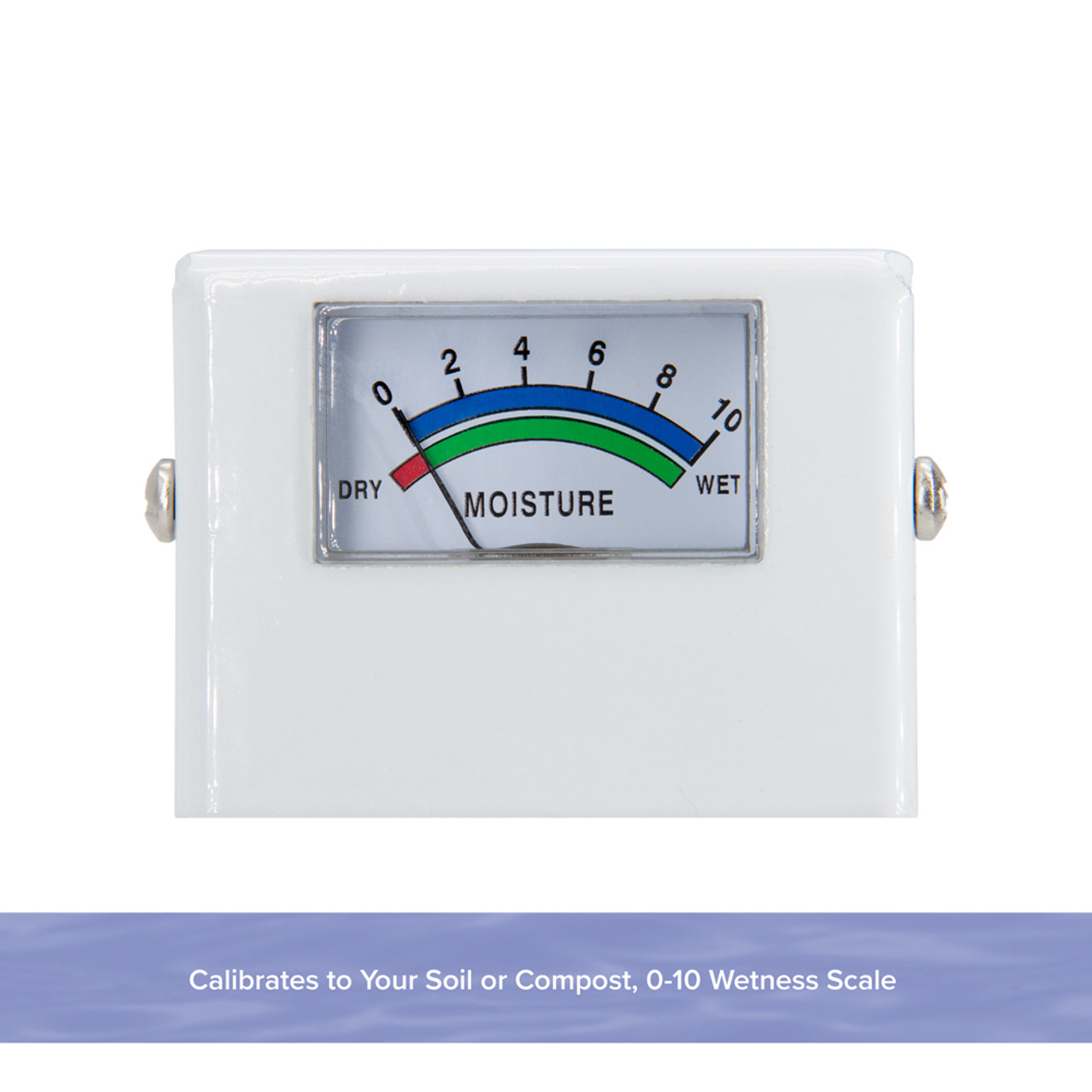Understanding the Importance of a Wetness Meter in Preventing Mold and Water Damages in Your Home
In the realm of home maintenance, the existence of moisture can frequently be a quiet yet powerful enemy, capable of triggering prevalent mold and mildew growth and perilous water damage if left unchecked. Comprehending the value of a dampness meter in this fight is not simply an alternative yet a calculated requirement.

Importance of Dampness Detection
Efficient wetness discovery methods are important for guarding homes and avoiding possible mold and mildew growth and water damage. Dampness can permeate into numerous building products, bring about structural problems and wellness threats - Moisture Meter. By utilizing a moisture meter, residential property proprietors can proactively determine locations prone to excess dampness, enabling for prompt treatment and reduction techniques
Wetness meters offer precise analyses of wetness levels in various materials such as concrete, timber, and drywall. This data assists in pinpointing locations of concern, also in covert or hard-to-reach locations. Early discovery of dampness accumulation makes it possible for prompt fixings or modifications to protect against additional damage.

Exactly How Moisture Meters Work
Wetness meters play an essential function in the aggressive recognition of excess wetness, aiding in the prevention of prospective mold and mildew growth and water damage by offering accurate readings of dampness levels in various building materials. These devices work based upon various concepts, depending upon their kind. Pin-type dampness meters, for example, have two pins that penetrate the product to determine the electric resistance between them. When dampness is present, it boosts the material's conductivity, causing a lower resistance reading. Pinless wetness meters, on the other hand, use electro-magnetic sensing units to scan the material without creating damages. These sensing units discharge electro-magnetic signals that permeate the material and measure the dielectric properties, showing moisture material. Some advanced moisture meters pin both integrate and pinless modern technologies for comprehensive moisture discovery. Recognizing just how moisture meters feature is crucial for exact and prompt wetness degree assessments, making it possible for effective safety nets against mold and water damage.
Finding Early Indication
Upon first inspection of a building, acknowledging subtle indications of excess moisture becomes crucial in the very early discovery of prospective mold and mildew growth and water damage. Some common early indication include mildewy odors, water stains on ceilings or walls, peeling off paint or wallpaper, and distorted or stained surface areas. Mildewy smells typically show the presence of mold and mildew or mildew, also if no noticeable indications appear. Water stains can indicate leaks or seepage, while peeling paint or wallpaper might be an outcome of wetness compromising the bond of these materials to the surface area. Warped or discolored surface areas, such as distorting floorboards or blemished drywall, are clear signs of water damage. Moisture Meter. Furthermore, a boost in allergic reaction signs or respiratory issues among occupants might suggest the existence of mold and mildew due to excess dampness. By quickly determining and dealing with these very early indication, house owners can mitigate the threat of comprehensive mold growth and water damage in their homes.


Protecting Against Mold Development
Acknowledging very early warning signs of excess dampness within a home not only enables prompt detection of possible mold growth and water damage but likewise offers as a positive step in stopping the spreading of mold. To properly stop mold and mildew growth, it is crucial to address any resources of wetness visit site immediately.
Checking wetness levels in areas susceptible to dampness, such as basements and crawl rooms, utilizing a moisture meter can additionally aid in early discovery of raised wetness degrees and potential view it now mold and mildew growth. By taking positive actions to stop excess dampness and mold growth, property owners can protect their property and interior air high quality.
Advantages of Normal Tracking
Regular monitoring of moisture levels in a property can play a critical role in maintaining a healthy and balanced interior setting and avoiding prospective mold and mildew and water damage. By routinely inspecting dampness degrees, house owners can spot any kind of concerns without delay and take required actions to prevent mold and mildew growth and water damages.
In addition, normal tracking enables homeowners to track patterns and fads in dampness degrees over time. Eventually, the consistent surveillance of dampness levels encourages property owners to shield their residential property, protect their health, and maintain the honesty of their indoor setting.
Verdict
In conclusion, the use of a dampness meter is essential in protecting against mold and water damage in homes. By finding very early warning signs of dampness, homeowners can take positive measures to protect against mold development and expensive repair work.
By making use of a moisture meter, home owners can proactively identify areas susceptible to excess dampness, enabling for prompt intervention and mitigation methods.
Moisture meters offer precise readings of wetness levels in various materials such as wood, concrete, and drywall.Moisture meters play a click for source pivotal duty in the positive identification of excess moisture, aiding in the avoidance of potential mold growth and water damages by providing exact analyses of wetness levels in various building materials. Recognizing just how moisture meters function is necessary for exact and prompt moisture level evaluations, allowing reliable preventative procedures against mold and mildew and water damage.
Checking wetness levels in areas vulnerable to moisture, such as basements and creep rooms, using a dampness meter can likewise assist in early detection of elevated moisture levels and potential mold development.